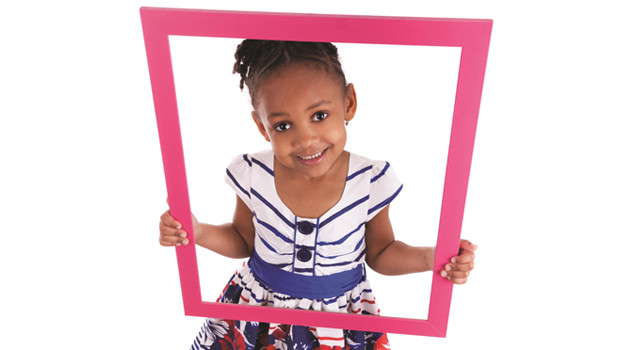Quiet Kids in a Noisy World, Bringing Out the Best in Introverts
Gabrielle Perillo’s daughter, A’ngel, 11, is a deep thinker, compassionate for all beings (human and not), a defender of justice, spiritual and extremely creative. She pursues any subject she studies with focus and passion. Although other children are naturally drawn to her, A’ngel, a born introvert, generally prefers to play quietly on her own. At first, her mother worried that her daughter was being insensitive to others and not paying attention to her surroundings. But once Mom released her own emotional projections, she recognized how happy her daughter is in her own space and began to appreciate the benefits of this independence.
At least a third of Americans are introverts, yet many parents are prone to mischaracterize their more private children as antisocial, self-centered and lonely. Susan Cain, a former corporate attorney and author of Quiet: The Power of Introverts in a World That Can’t Stop Talking, explains, “Introverts are not antisocial, they just prefer socializing in lower-key ways.” They usually form a few deep and intimate relationships compared to extroverts that often cultivate many friends.
Christine Fonseca, an educational psychologist and author of Quiet Kids, notes the danger in misunderstanding a child’s hesitancy or reserved nature. “Kids can benefit from understanding who they are and what it means to be an introvert. Otherwise, they may compare themselves to their extrovert friends and feel deficient.”
Introverts own many exceptional qualities. They tend to be deep thinkers able to work independently in highly creative and innovative ways. They may prefer to learn a lot about a few topics instead of a little about many different areas. Often described as empathetic, conscientious and self-aware, introverts make authentic leaders and effective managers as adults.
Introvert and extrovert temperaments are distinguished by how individuals generate energy. Introverts process the world and recharge through solitude; many can flourish in social situations as long as they can rejuvenate by being on their own.

Fonseca notes a defining difference in physiology. “Introverts use part of the nervous system that has a long pathway from point A to point B, so it takes them longer to process information.”
Cain adds, “Introverts also usually have a longer runway than others, so it takes them longer to take off and fly. It’s crucial that the message they’re receiving from parents and teachers is, ‘That’s okay.’” It’s important that parents balance how they honor a child’s preferences with teaching them skills to thrive. “Don’t expect them to follow the gang,” says Cain. “Instead, encourage them to follow their passions.”
Parents can empower children with tools to increase their comfort zone. If youngsters have difficulty speaking up in class, it helps to prepare them with what they want to say beforehand. Cain notes that this lessens anxiety and when they are able to speak up, they’ll feel like part of the class.
Simple tips can offer relief in uncomfortable social situations. Perillo reinforces social manners before she and A’ngel arrive at an event. She focuses on the greetings, reminding her to extend her hand first, speak clearly, make eye contact and smile. Also, because self-promotion doesn’t come naturally to introverts, they often need coaching to highlight their own assets when applying for a club, college or job.
Fonseca encourages families to embrace digital technology. She observes, “Most introverts are extroverts online. While face-to-face communication tends to drain them, that doesn’t happen as much online, plus it’s easier to feel more adept socially there.” They’ll still need to disconnect and renew after socializing online, so it’s important to set usage boundaries.
Fonseca, who has one introverted and one extroverted child, facilitates dialogue that teaches each of them to communicate with their peers about their needs. “My introvert tells her extrovert friends not to take offense if she needs to take quiet time alone. They offer each other a perspective that makes their own point of view more well-rounded.”
From a neuropsychological perspective, introverts and extroverts can learn from each other, as well. According to Fonseca, extroverts that habitually activate their sympathetic nervous system (“fight-or-flight”) can experience burnout if they don’t learn how to slow down and be calm. However, introverts, relying mostly on their parasympathetic system (“rest and digest”), can be overly calm and slow to respond to situations.
Fonseca notes, “It’s not about one temperament being more positive than the other; it’s about understanding who everyone is, their authentic self and finding balance.”
Meredith Montgomery is the publisher of Natural Awakenings Mobile/Baldwin, AL (HealthyLivingHealthyPlanet.com).
<












